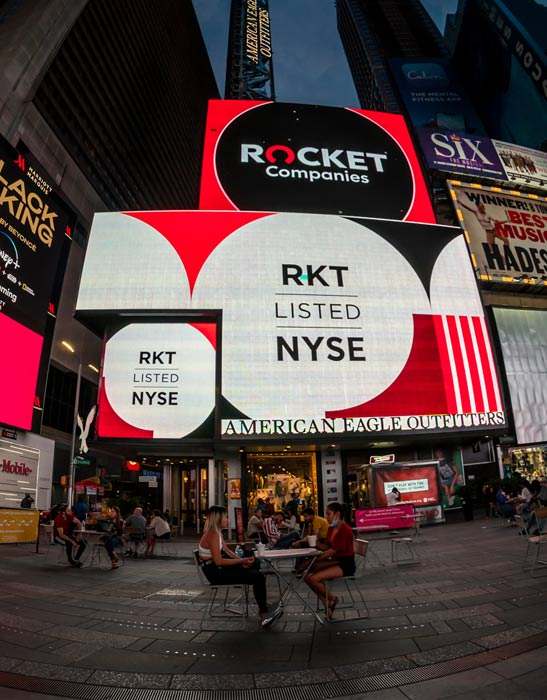New Zealand’s lending landscape is undergoing a significant transformation. Non-bank mortgage lenders—once considered niche players—are now emerging as critical partners for property developers and mortgage brokers. With banks tightening credit criteria, particularly following regulatory reforms, non-bank lenders are stepping in to meet borrower demand with speed, flexibility, and innovation.
A Growing Force in Property Finance
Recent data from the Reserve Bank of New Zealand indicates that non-bank lending institutions held approximately NZD 5.2 billion in housing loans as of January 2025. While this represents a smaller share compared to registered banks, it underscores the growing role of non-bank lenders in the mortgage market.
The sector’s expansion is echoed in KPMG’s 2024 Financial Institutions Performance Survey, which reported a 6.98% increase in total assets for specialist lenders, reaching NZD 19.35 billion. These figures point to a rising demand for agile, non-bank alternatives, particularly among borrowers underserved by traditional finance.
The Regulatory Catalyst
The Credit Contracts and Consumer Finance Act (CCCFA) introduced stricter affordability assessments for banks, resulting in tighter credit conditions for many borrowers. This regulatory environment has opened the door for non-bank lenders—who are subject to different oversight and often leaner governance structures—to step in with more flexible solutions.
While banks are bound by prudential oversight from the Reserve Bank non-banks typically fall underconsumer-focused regulation. This allows them to respond faster to borrower needs and introduce innovative solutions without the burden of multilayered governance protocols.

Global Lessons, Local Momentum
New Zealand’s shift toward non-bank lending mirrors developments abroad. Let’s explore how international trends can inform local strategy:
Australia
In Australia, non-bank lenders continue to make inroads into the mortgage market. In 2024, non-bank lenders in Australia held between 9-11% of the residential home loan market. This represents a more than doubling of their share from 5% in the past few years. Additionally, non-bank lenders now account for 16% of the Australian commercial real estate debt (ACRED) market, up from 10.4% in 2020, with projections indicating potential doubling within the next five years . It’s becoming increasingly clear that non-bank lenders are not just a temporary fixture but a growing force in Australia’s mortgage market. Industry observers note that many of these lenders are entering the market with a singular focus—solving specific borrower pain points. Whether it’s offering tailored mortgage products or innovating in asset finance, they are delivering what traditional institutions often can’t.
United Kingdom
In the UK, non-bank lenders have more than doubled their share of lending—from 19% to 41% over the past decade—fuelled by regulatory shifts and demand for flexible finance in sectors like logistics and multi-family developments. Initiatives like the Bank Referral Scheme and a mature open banking environment have created a rich ecosystem for non-bank providers to thrive and collaborate.
United States
In the U.S., non-bank lenders now originate more than half of all home loans. Leading names like Rocket Mortgage and United Wholesale Mortgage dominate thanks to scalable, tech-first strategies. Recent acquisitions, such as Rocket’s $9.4 billion purchase of Mr. Cooper, highlight how non-banks are consolidating market share and leveraging technology to create seamless, borrower-centric experiences.
The Broker Advantage
For mortgage brokers, non-bank lenders offer more than just product variety—they offer process efficiency.
Many non-bank lenders are structured to make life easier for brokers. Their digital-first approach, simplified documentation, and quick turnaround times are winning over the intermediary market. Unlike banks, which often struggle with legacy systems and long decision chains, non-banks are more responsive and able to adapt quickly to shifting broker and borrower needs.
A key differentiator is their ability to personalise the broker experience, often delivering better tools, platforms, and communication. This agility not only improves outcomes for clients but also builds stronger partnerships with brokers.
Lean, Nimble, and Cost-Efficient
Operating without deposit-taking infrastructure means many non-bank lenders are naturally leaner. With minimal branch networks and lower staffing costs, they maintain smaller margins and pass savings onto borrowers. This lean cost structure also allows them to remain competitive—even when the cost of capital fluctuates.
Unlike banks that juggle heavy compliance burdens, non-banks avoid some of the red tape that slows down larger institutions. Their more focused regulatory oversight enables them to innovate faster and respond more quickly to market opportunities.

Opportunities for Developers
Non-bank mortgage lenders are also proving to be valuable partners for property developers. From land banking and bridging finance to bespoke construction lending, these lenders offer flexible structures that suit real-world project needs—something many banks struggle to accommodate within rigid lending frameworks.
With shorter approval timelines, more practical underwriting, and access to specialised funding models like securitisation, developers are increasingly turning to non-banks to keep projects moving on time and on budget.
What’s Next: Trends to Watch
Looking ahead, several trends will shape the trajectory of non-bank mortgage lending in New Zealand:
- Open Banking will empower lenders with richer consumer data, resulting in faster, more tailored credit decisions.
- Securitisation is expected to grow, giving non-banks access to deeper capital pools and boosting their capacity to fund large-scale development.
- Embedded Finance will integrate lending into broader digital ecosystems, changing how and when finance is accessed.
- Green Lending may offer new avenues for non-bank lenders to support sustainability-aligned projects.
Conclusion
Non-bank mortgage lending is no longer a fringe alternative—it’s a rising force in New Zealand property finance. As non-banks continue to innovate, streamline processes for brokers, and deliver flexible capital for developers, they are cementing their place in the financial mainstream.
For brokers and developers ready to adapt, the message is clear: now is the time to embrace non-bank lenders, not just as a backup, but as strategic partners in driving growth and getting deals done.



